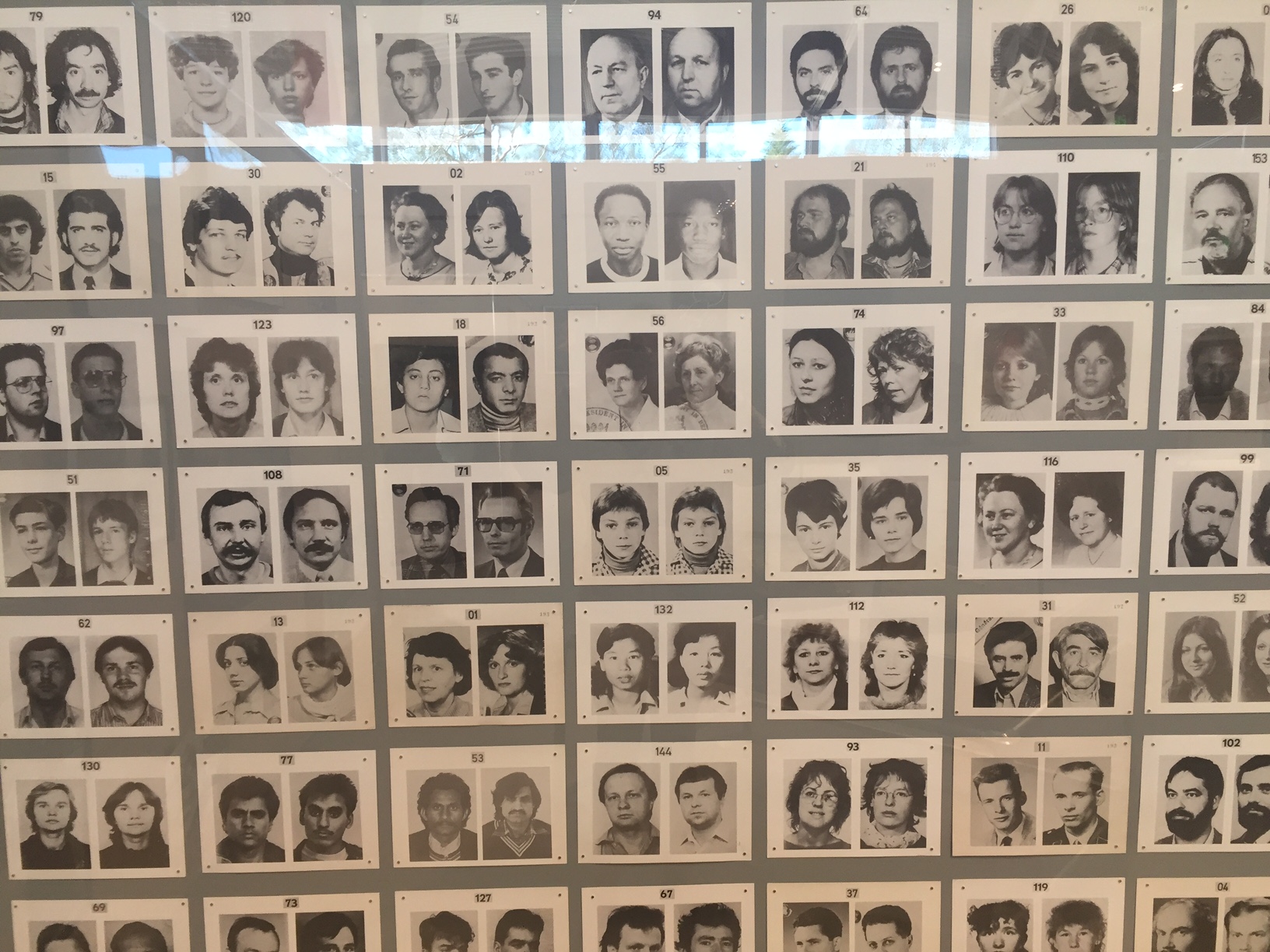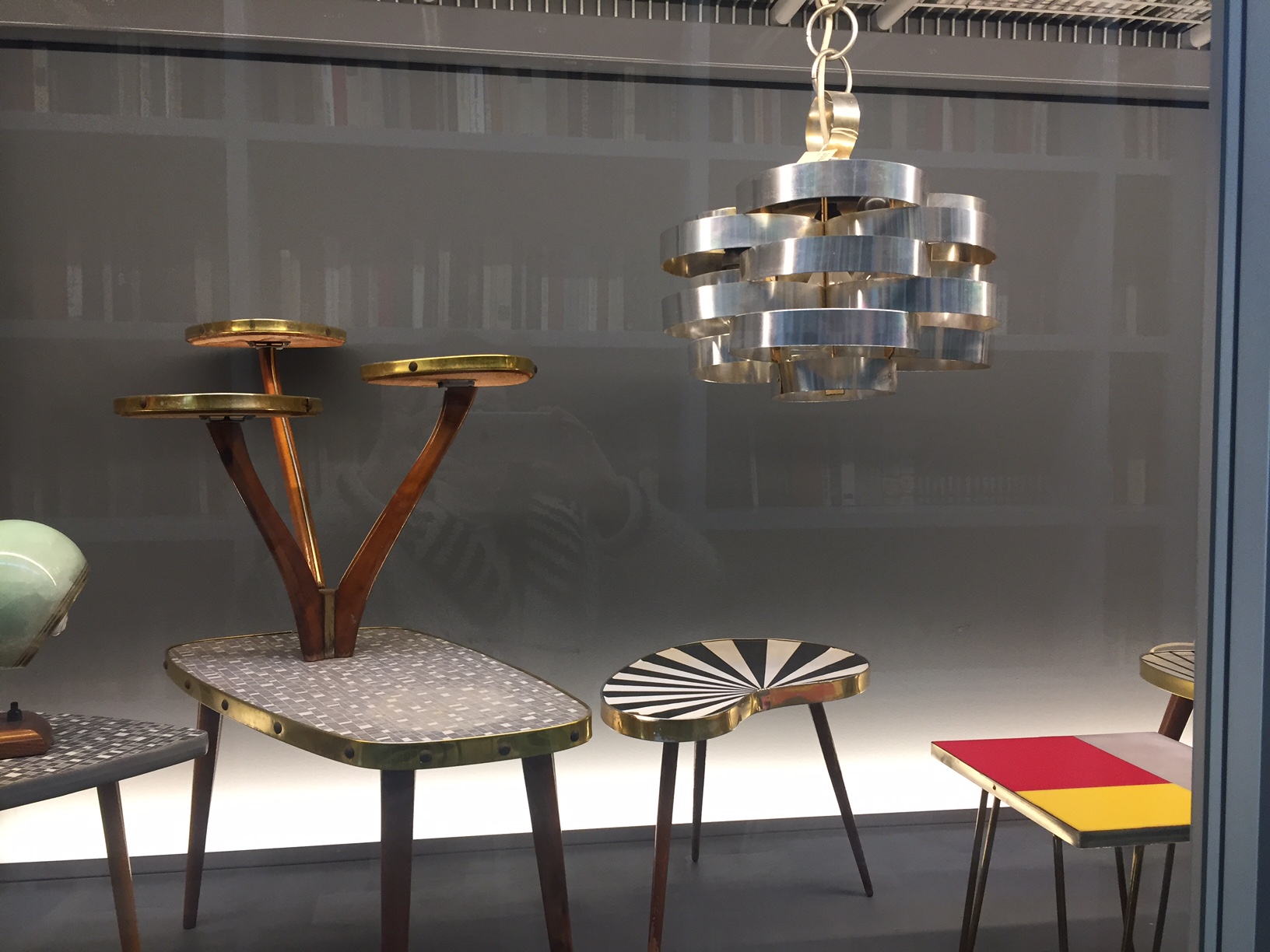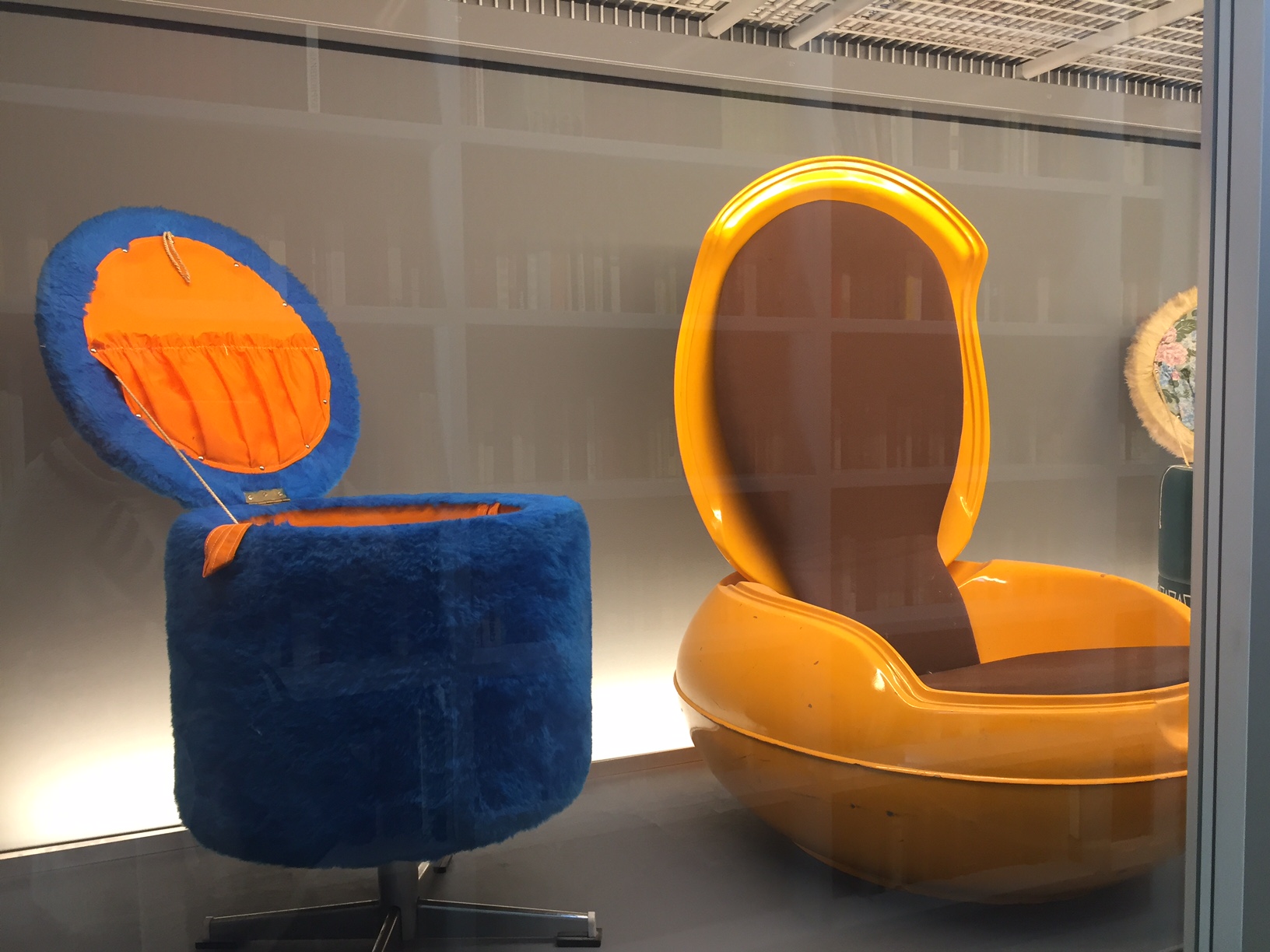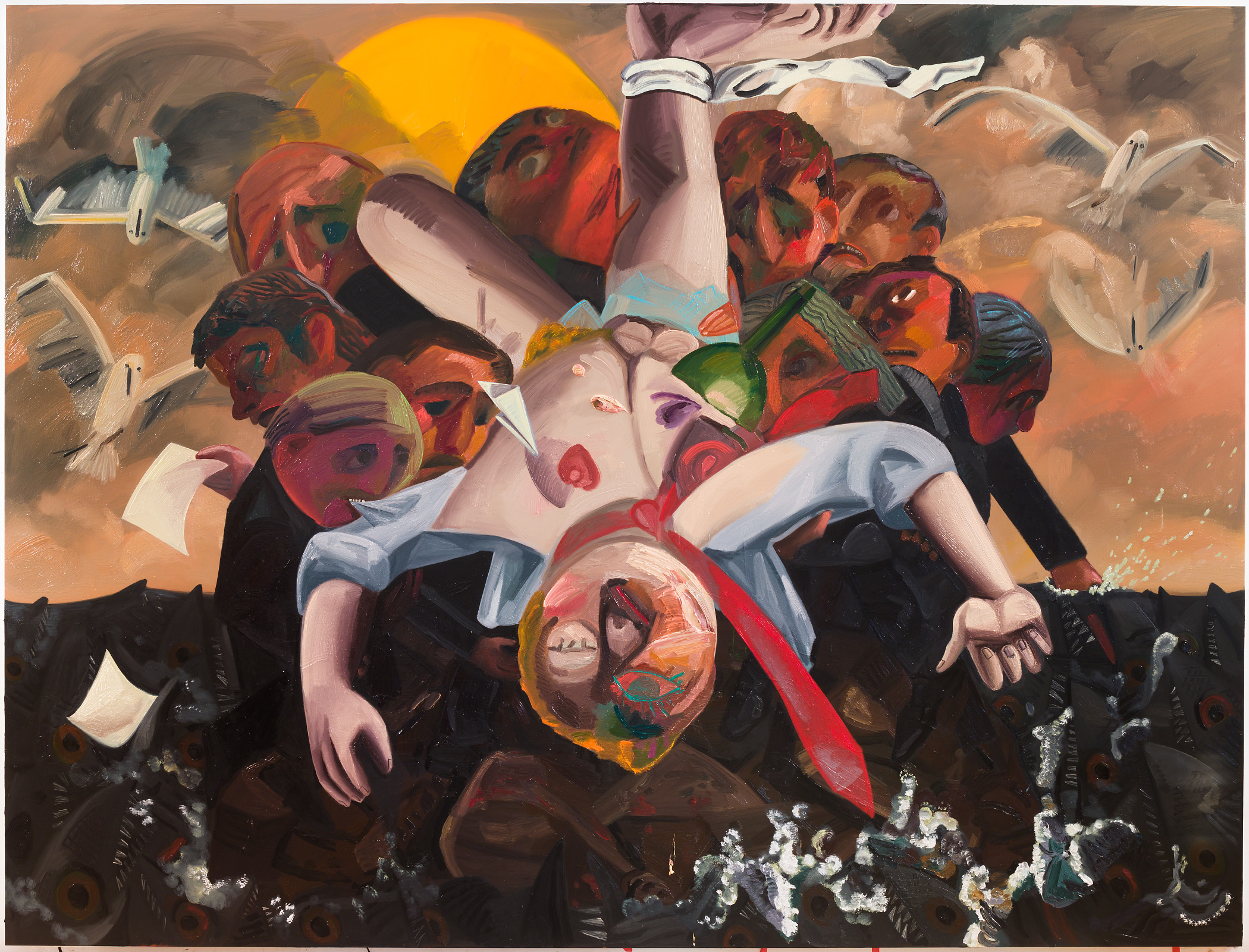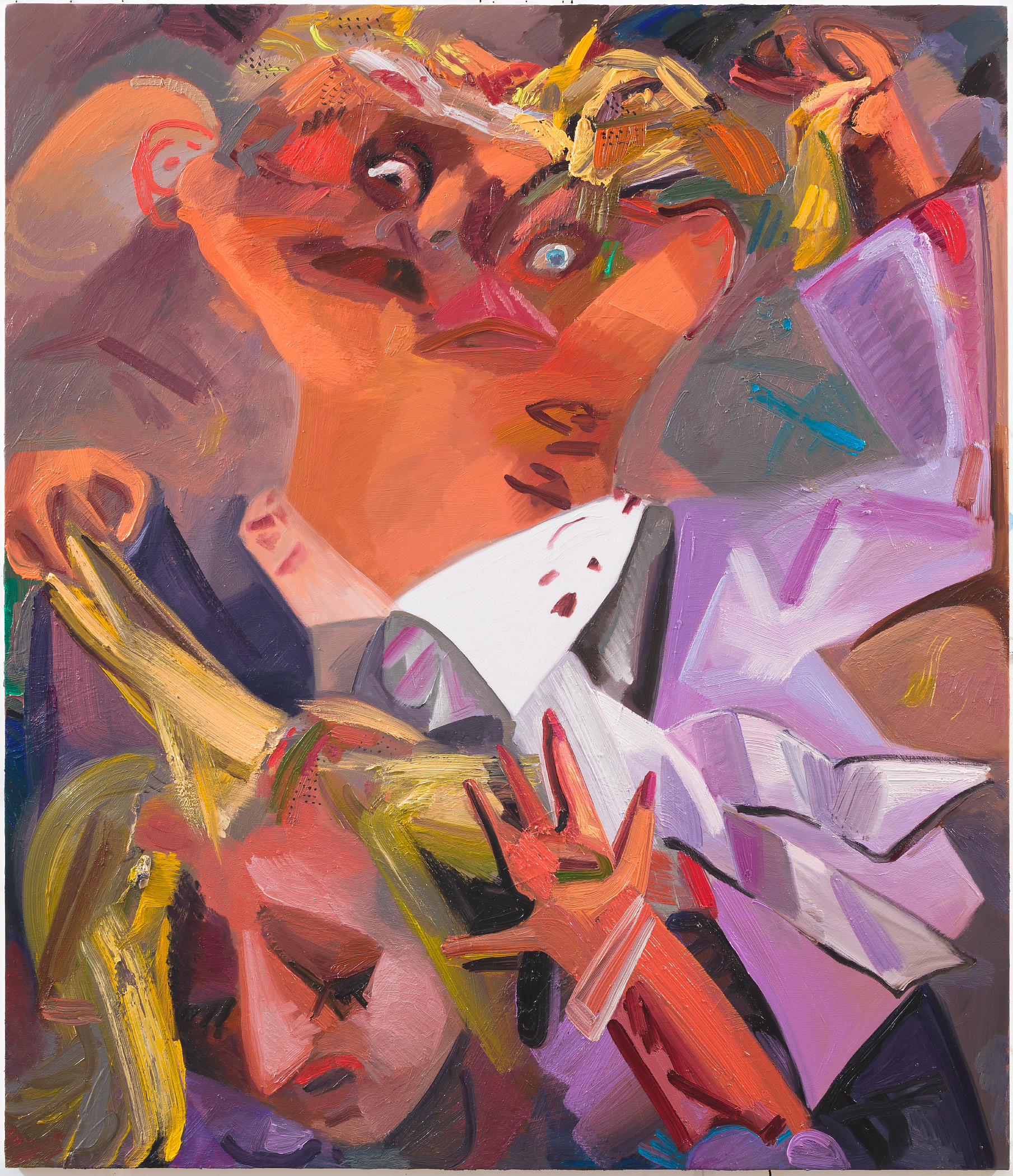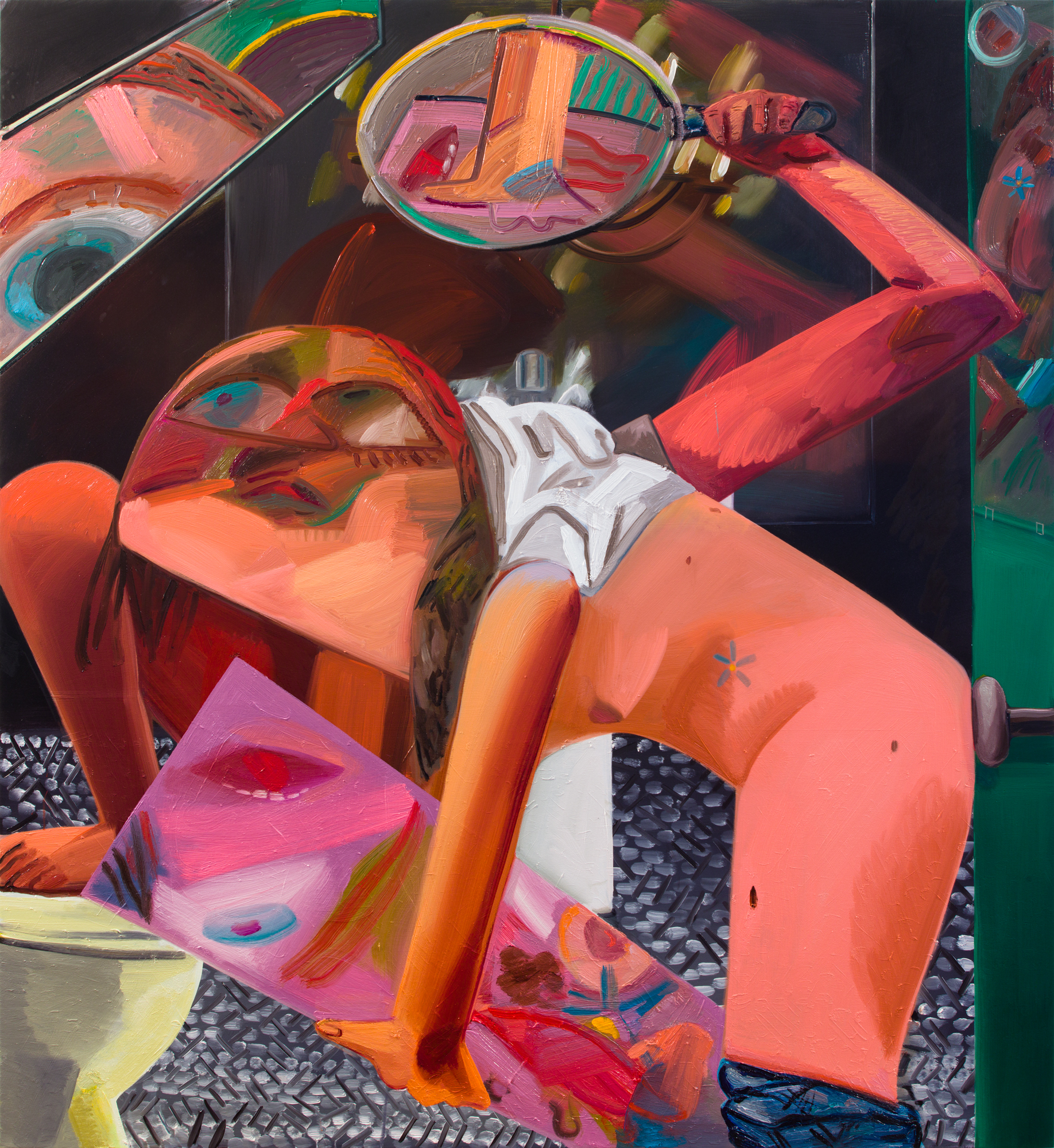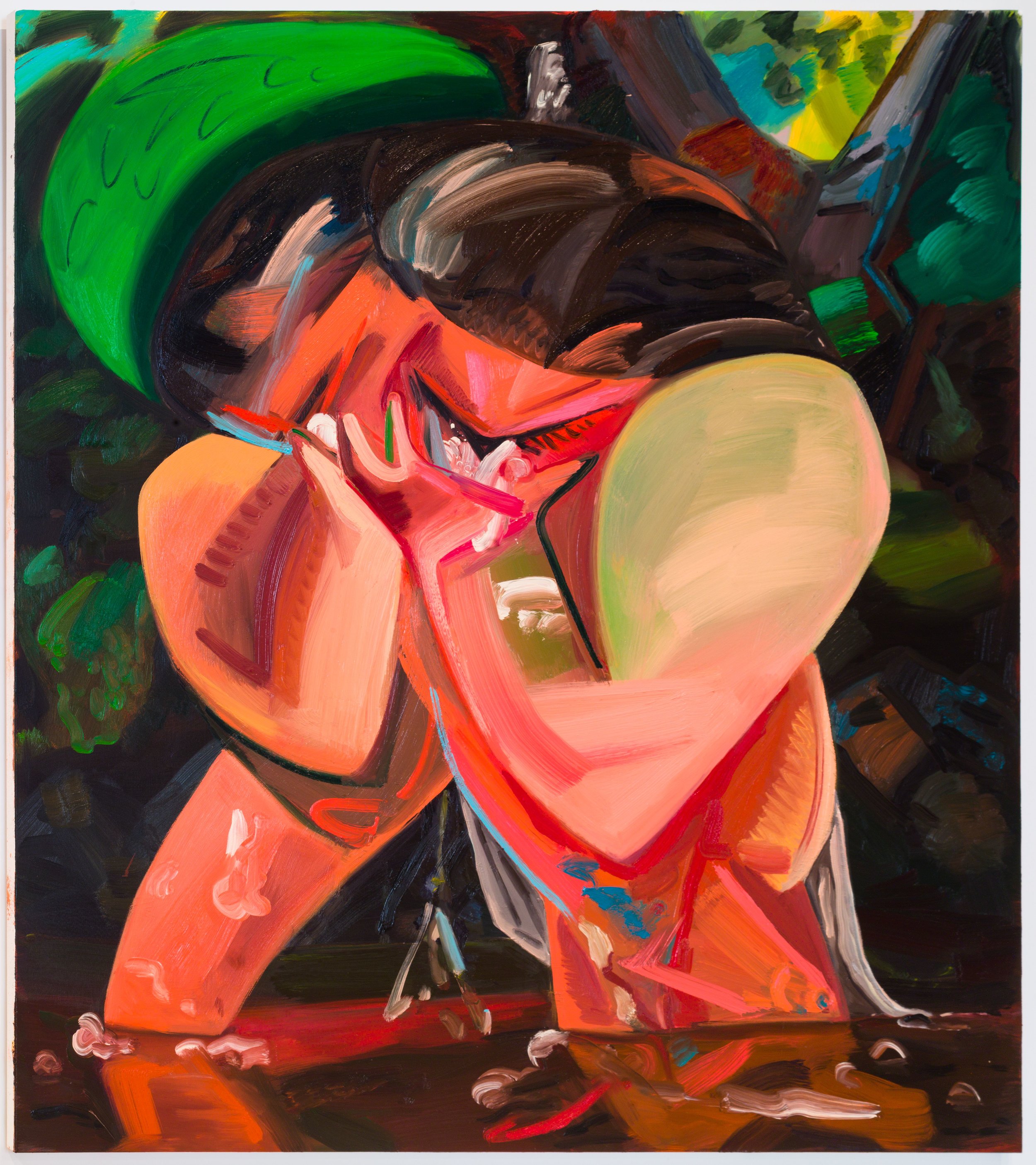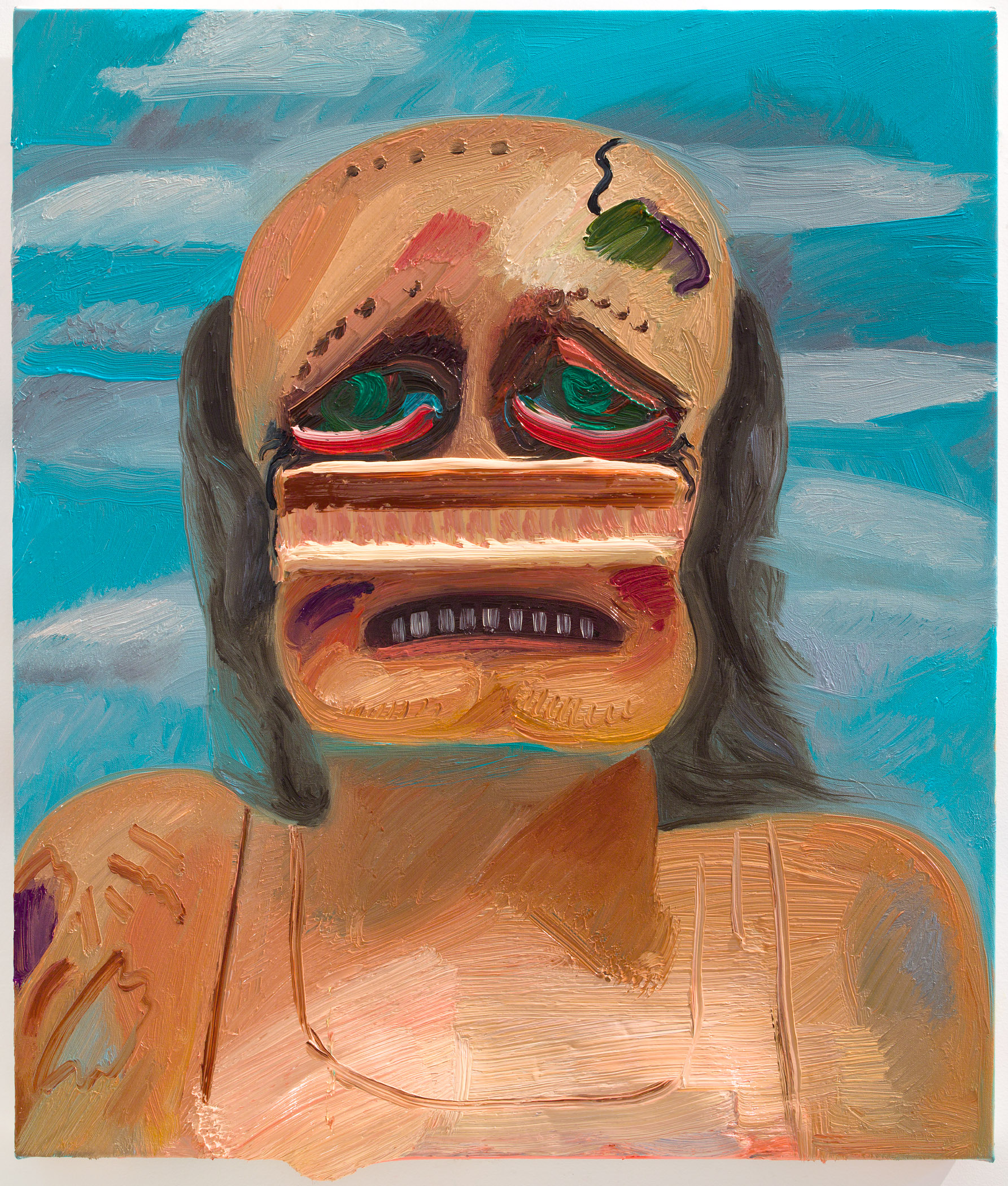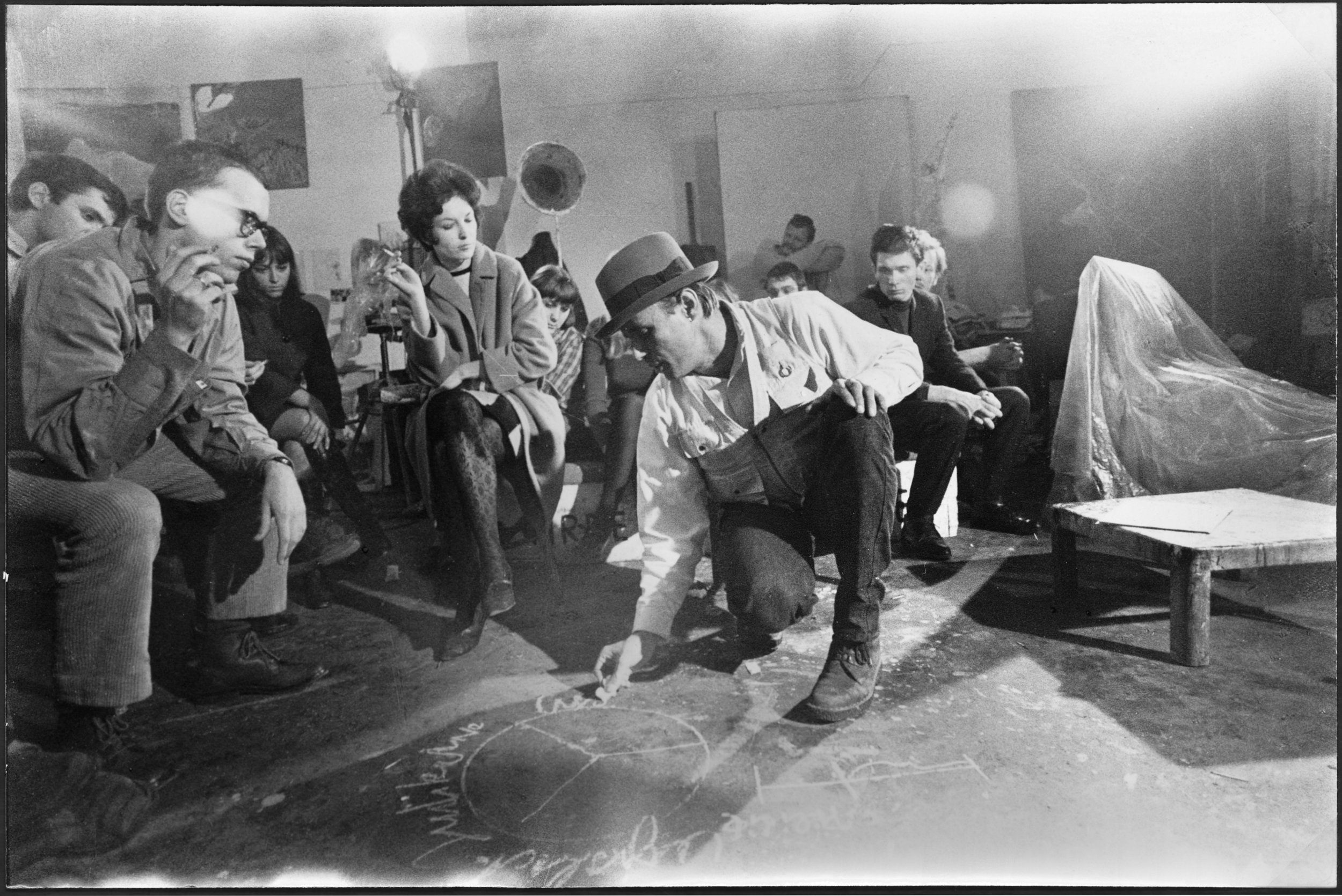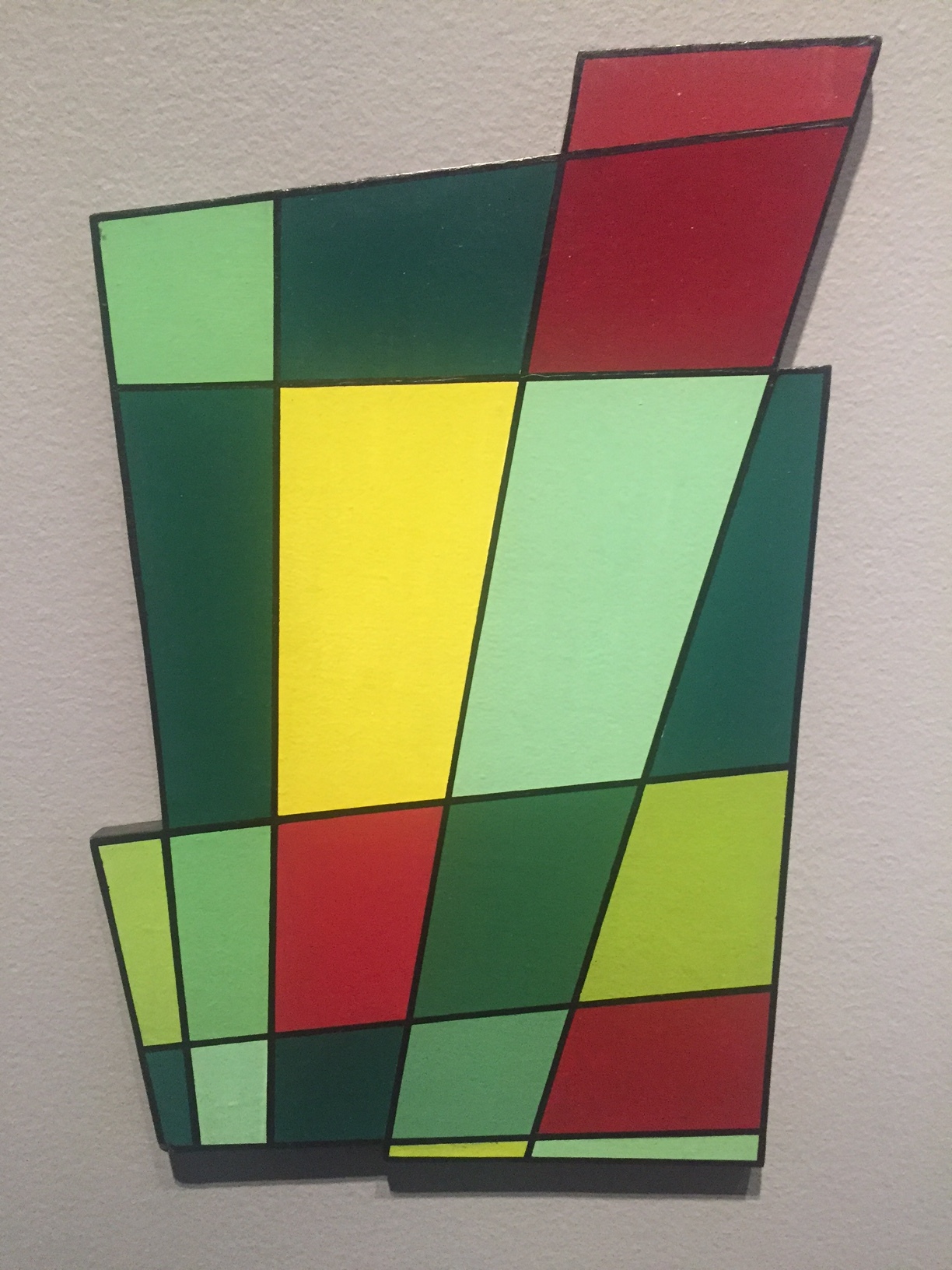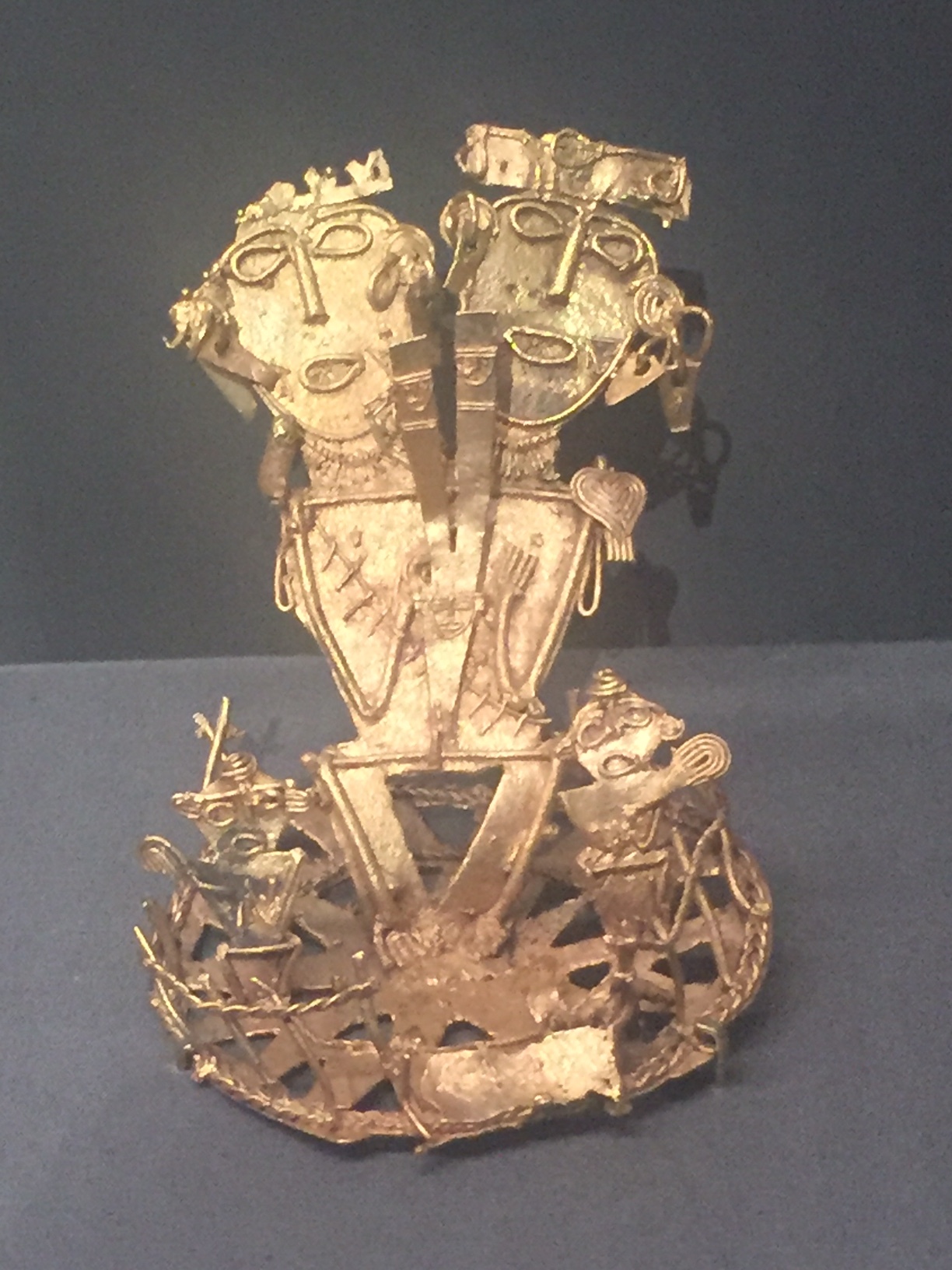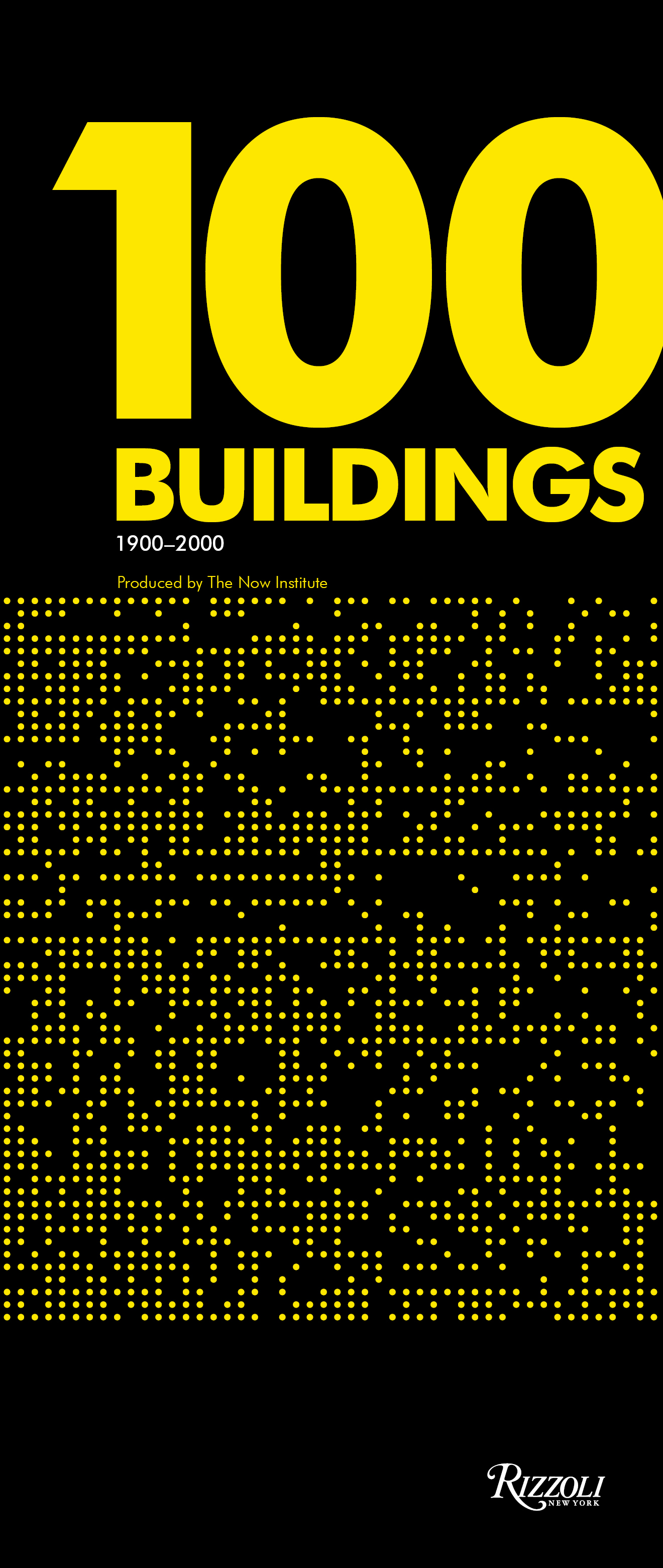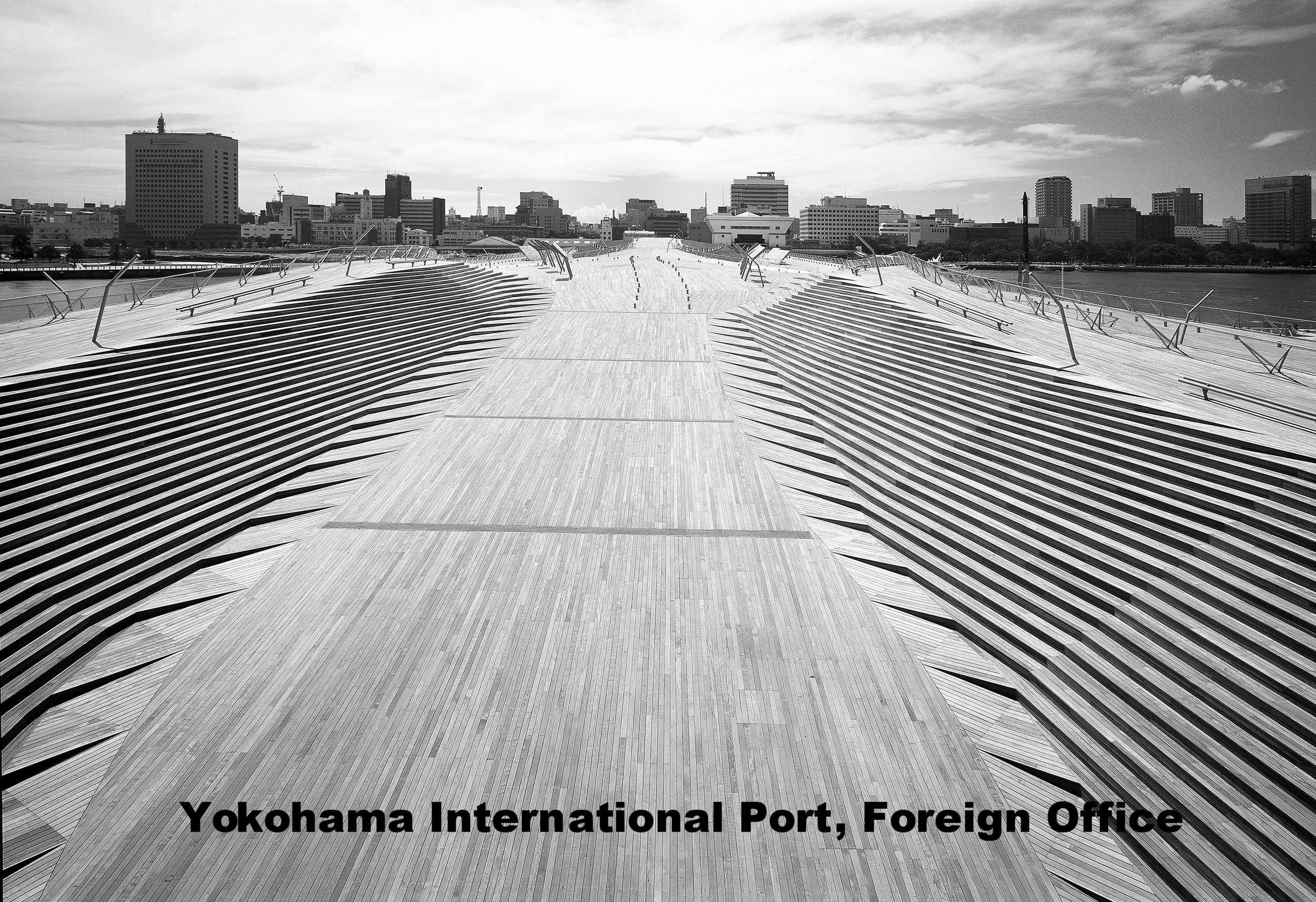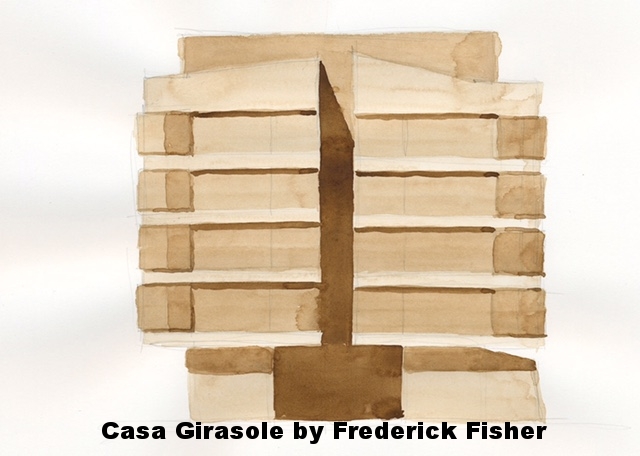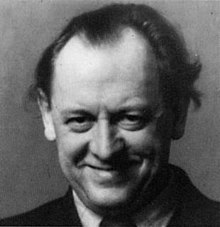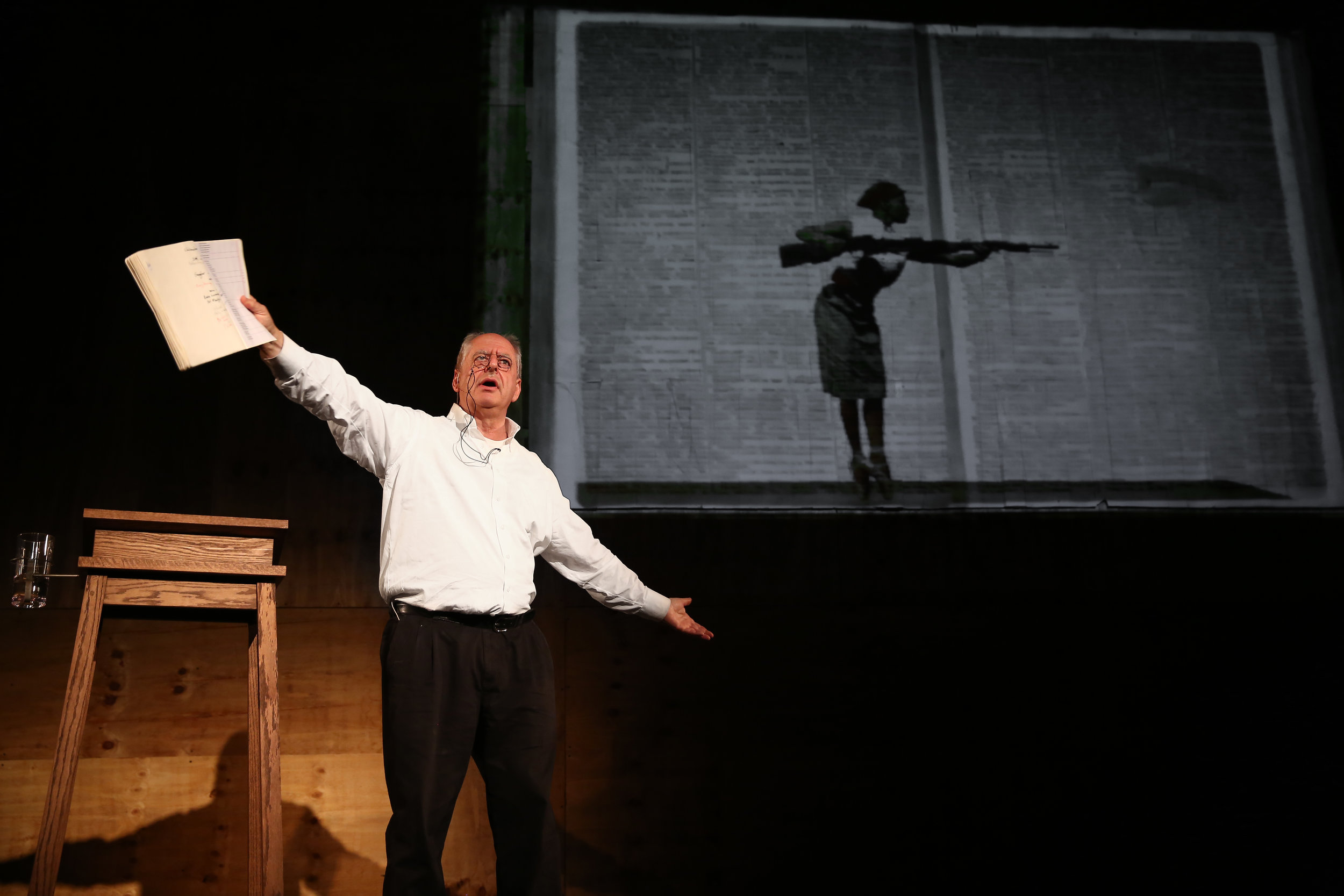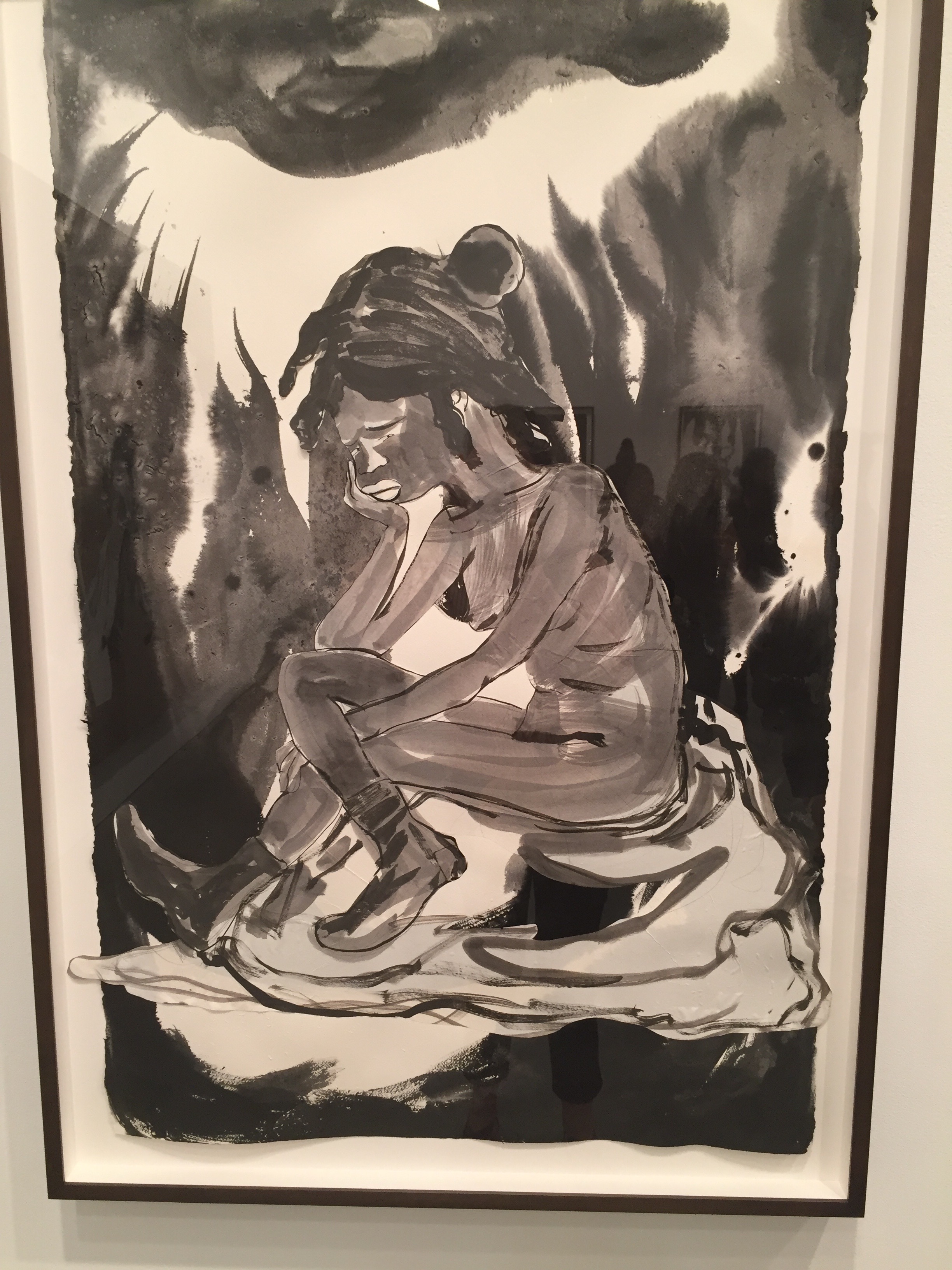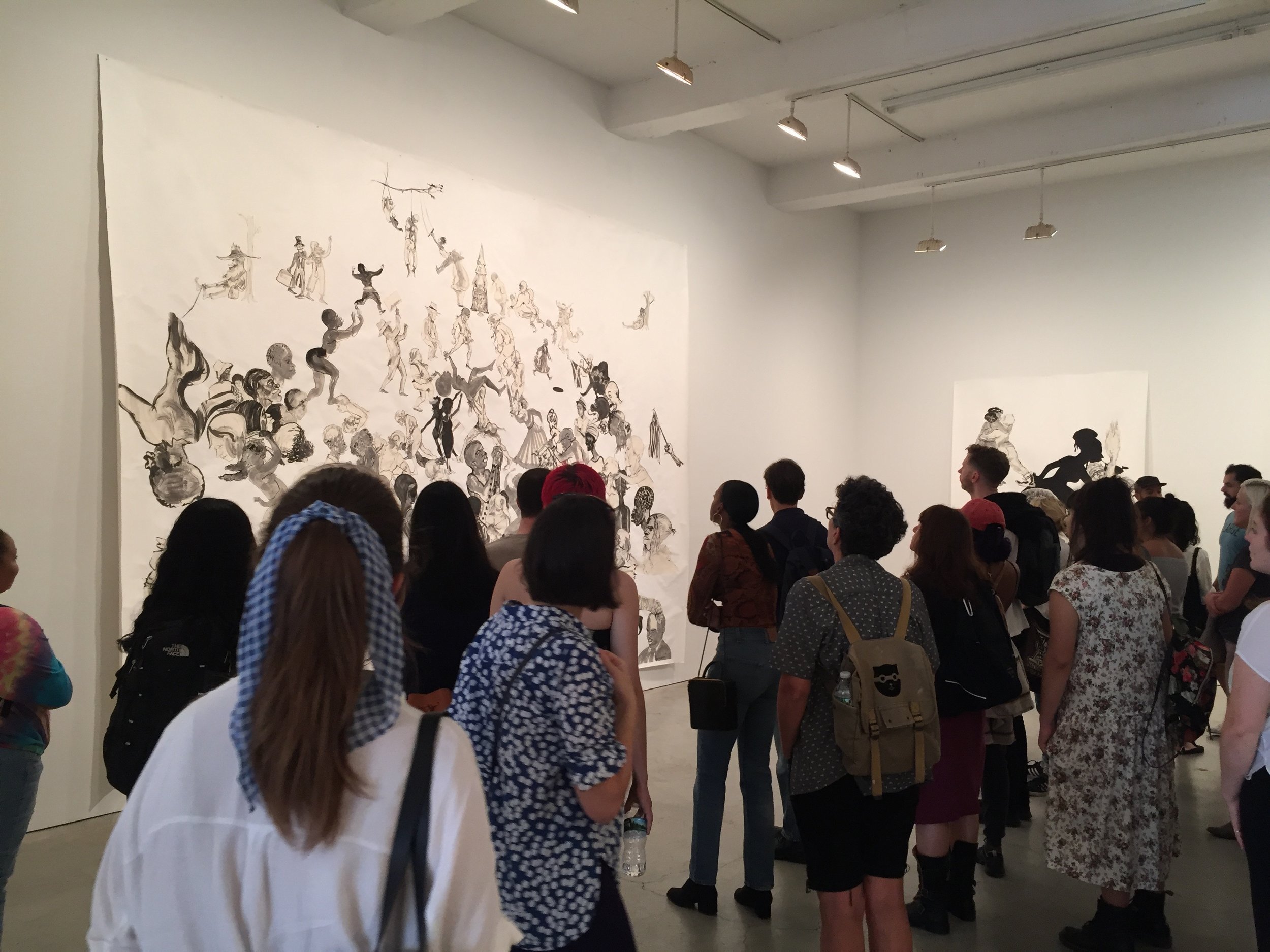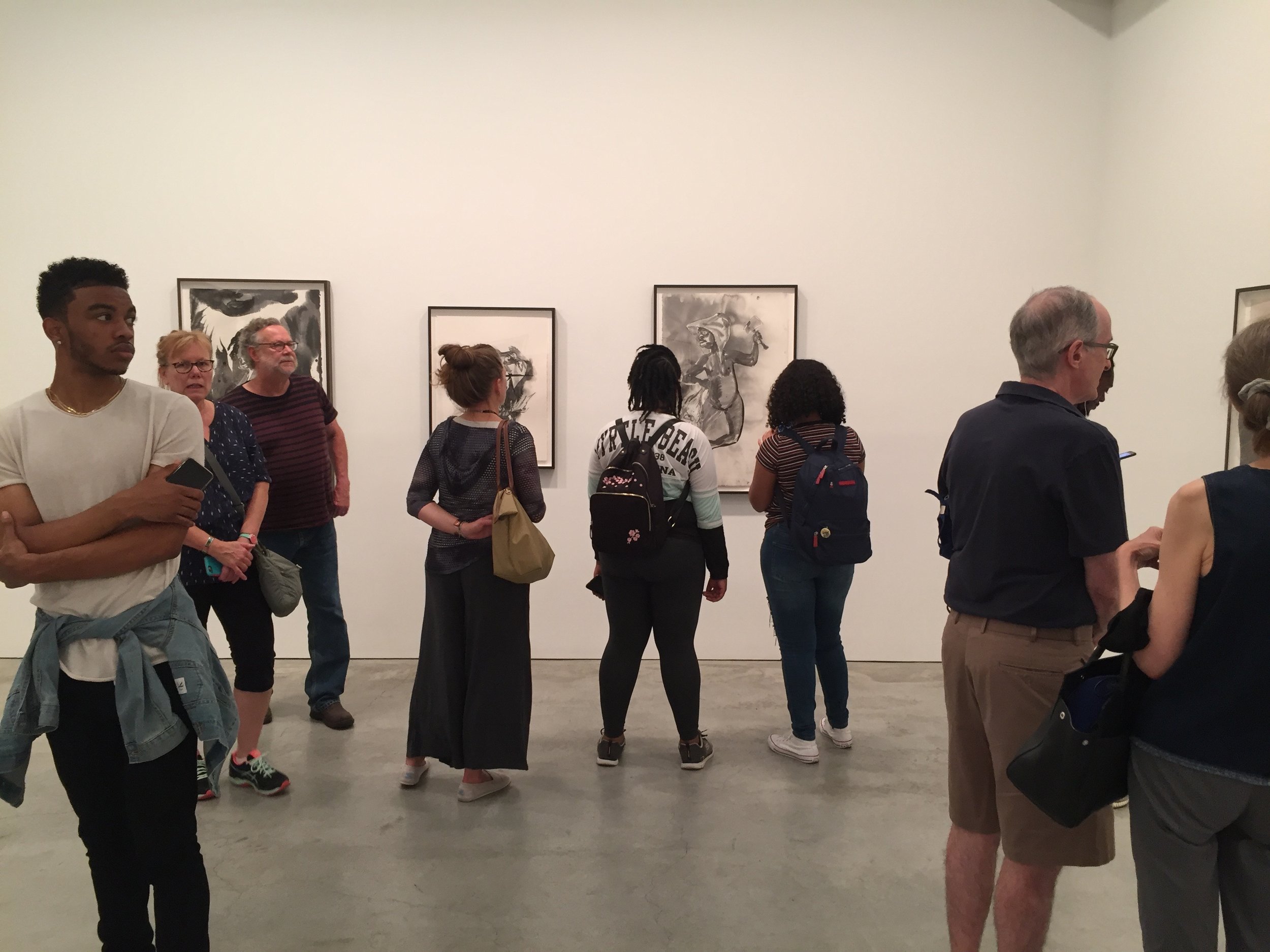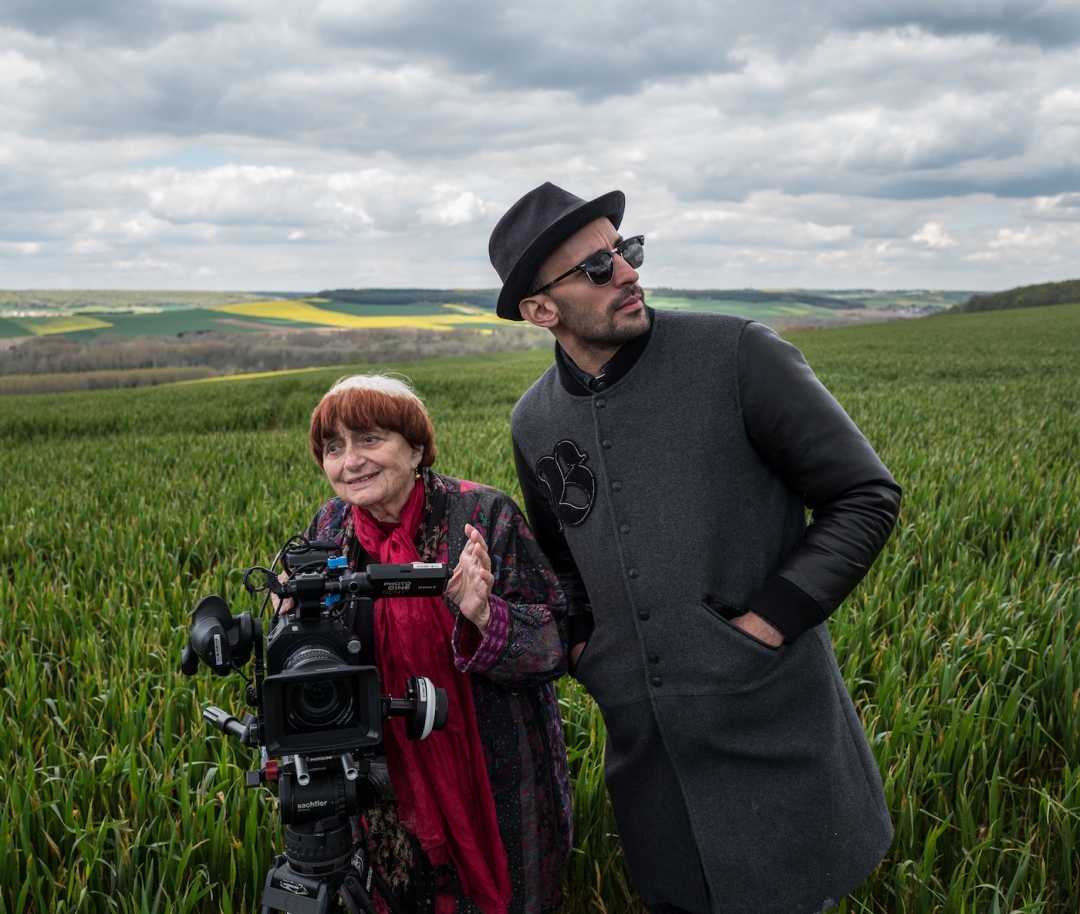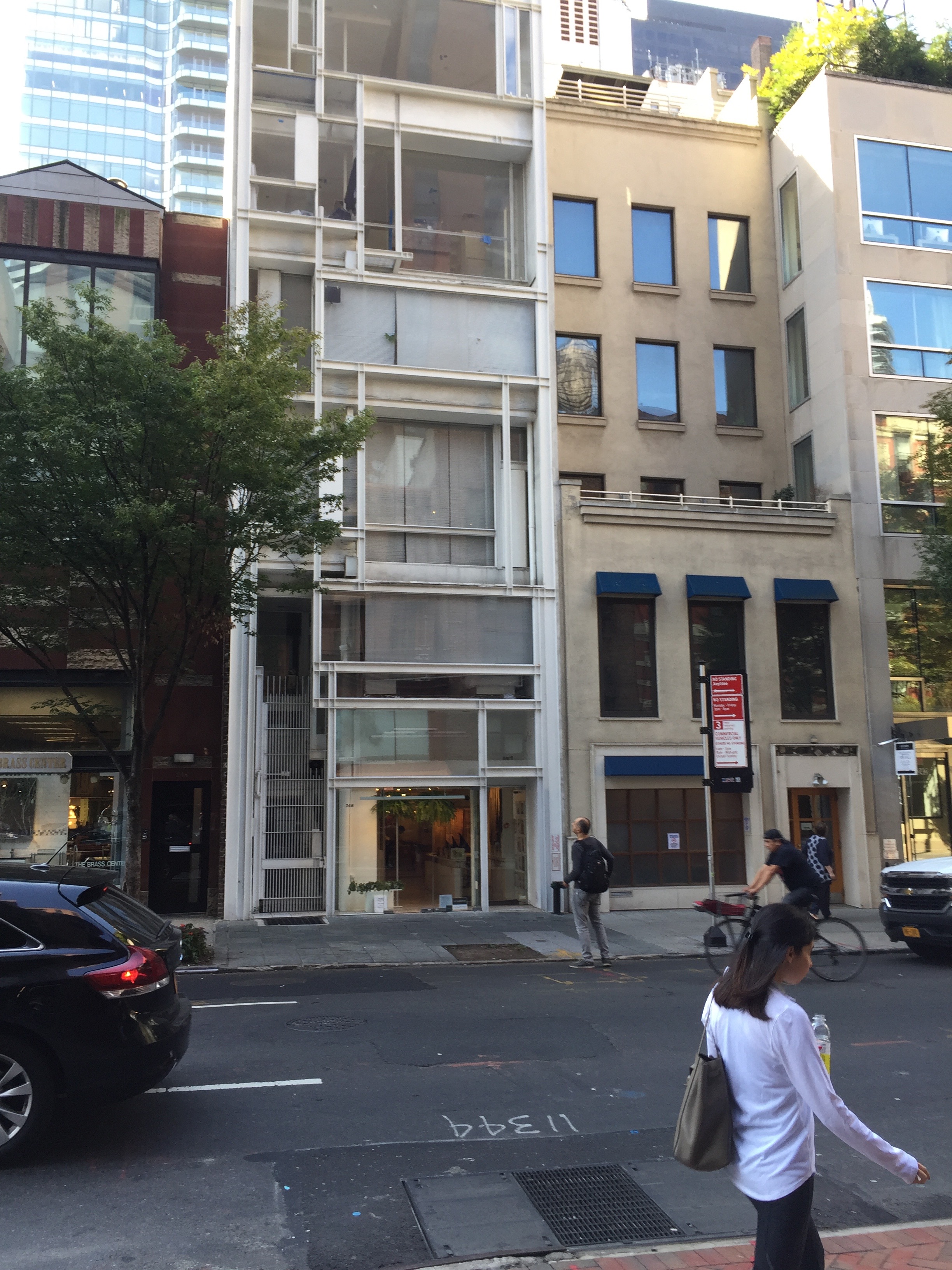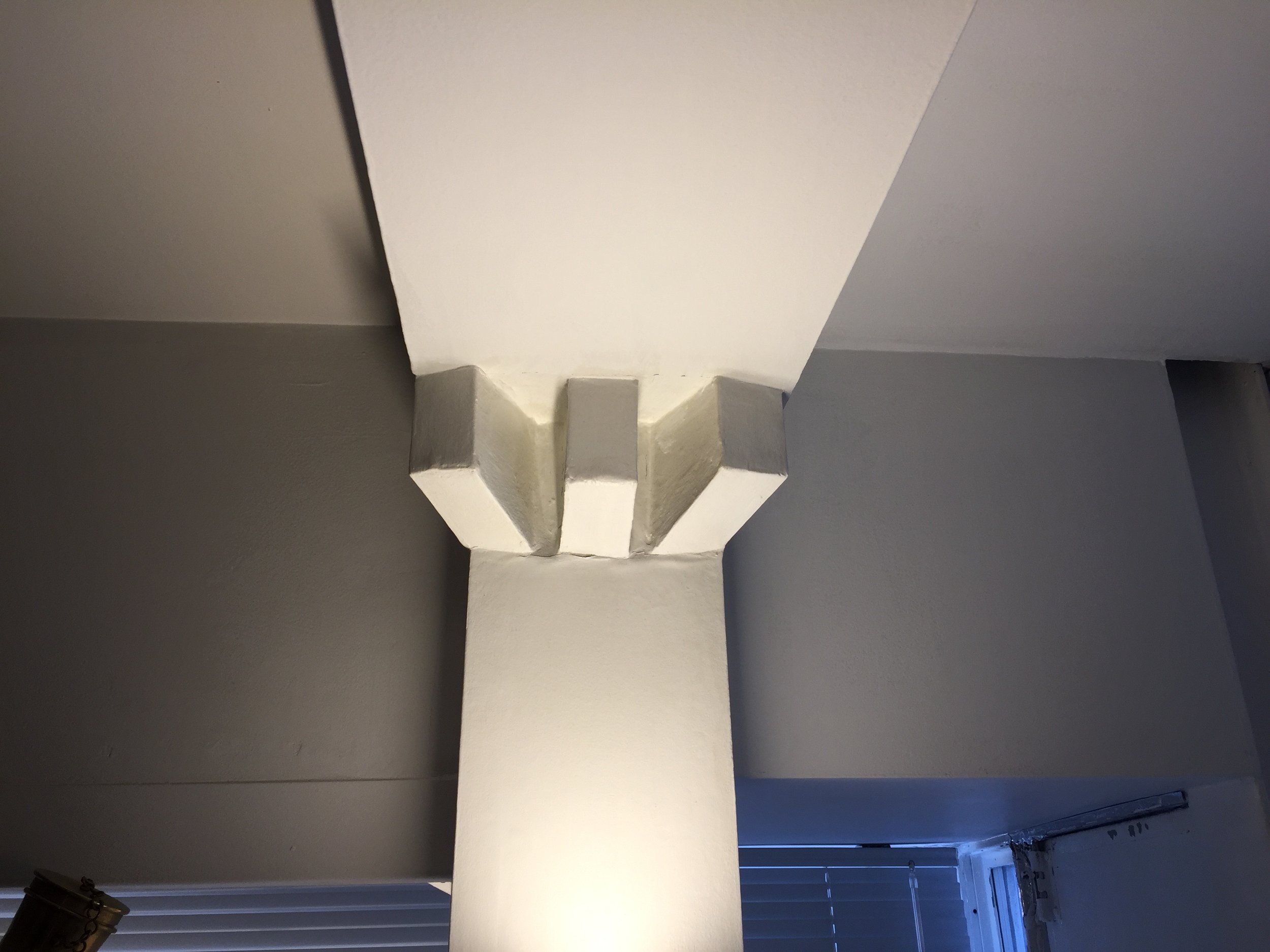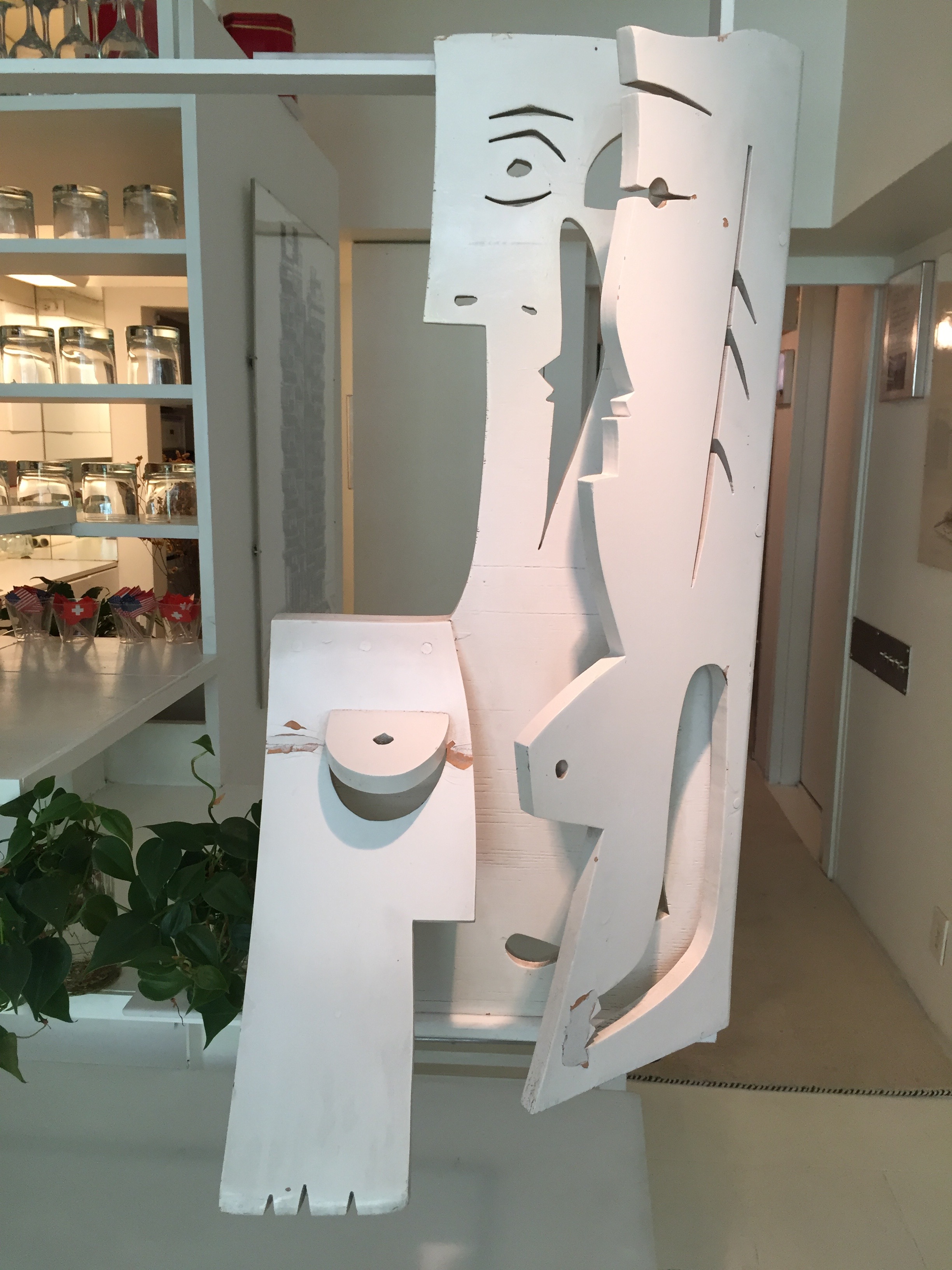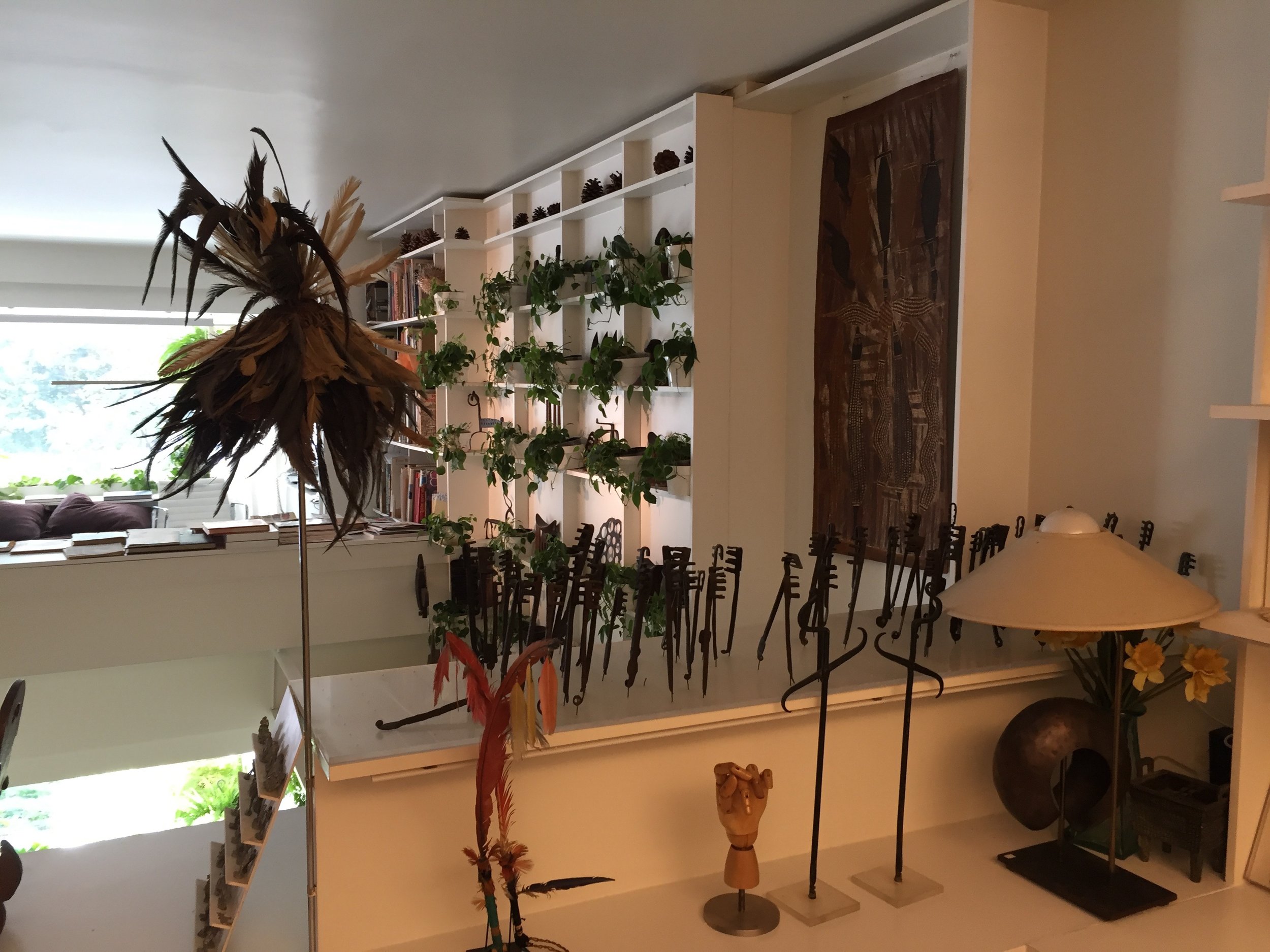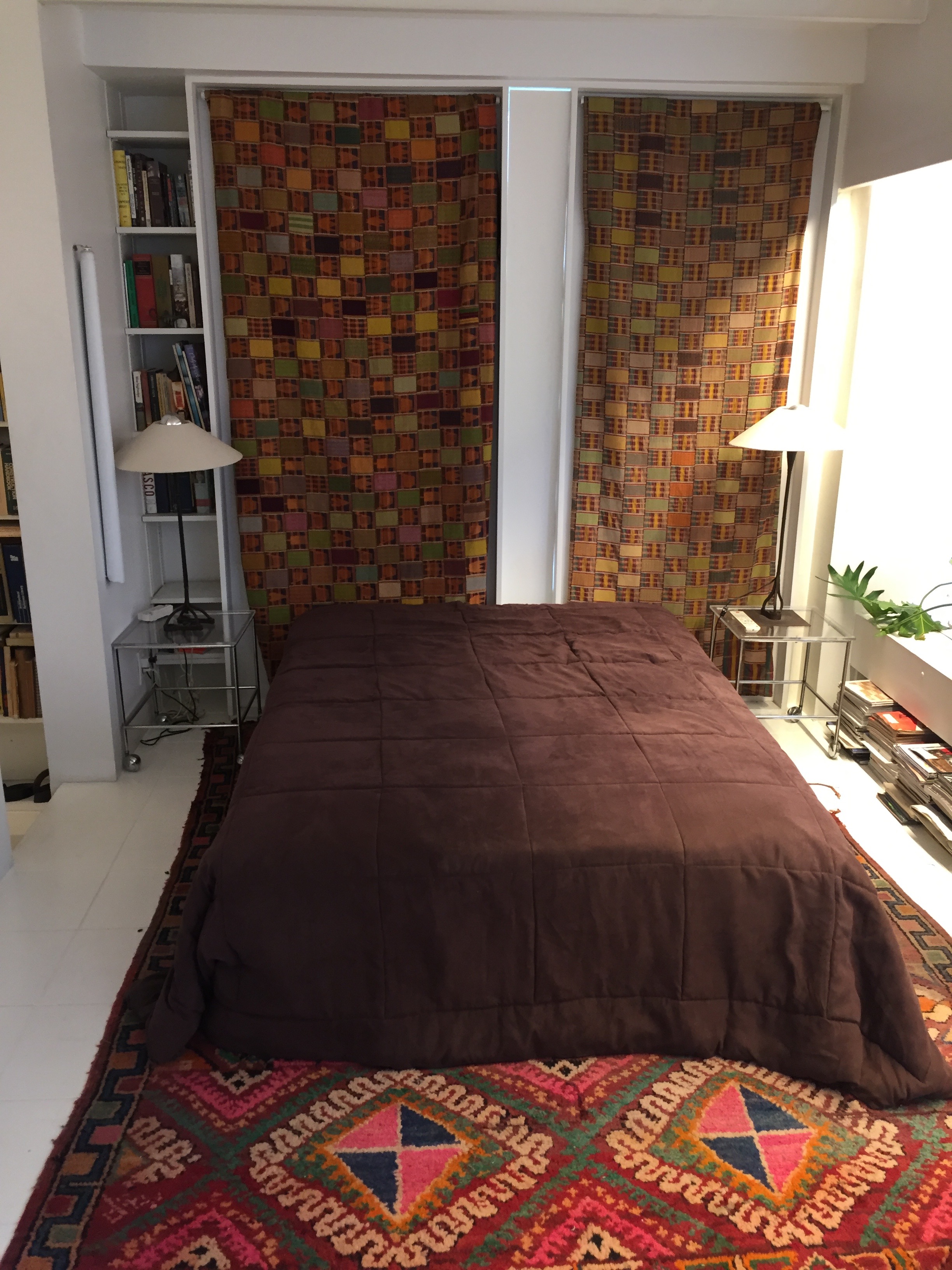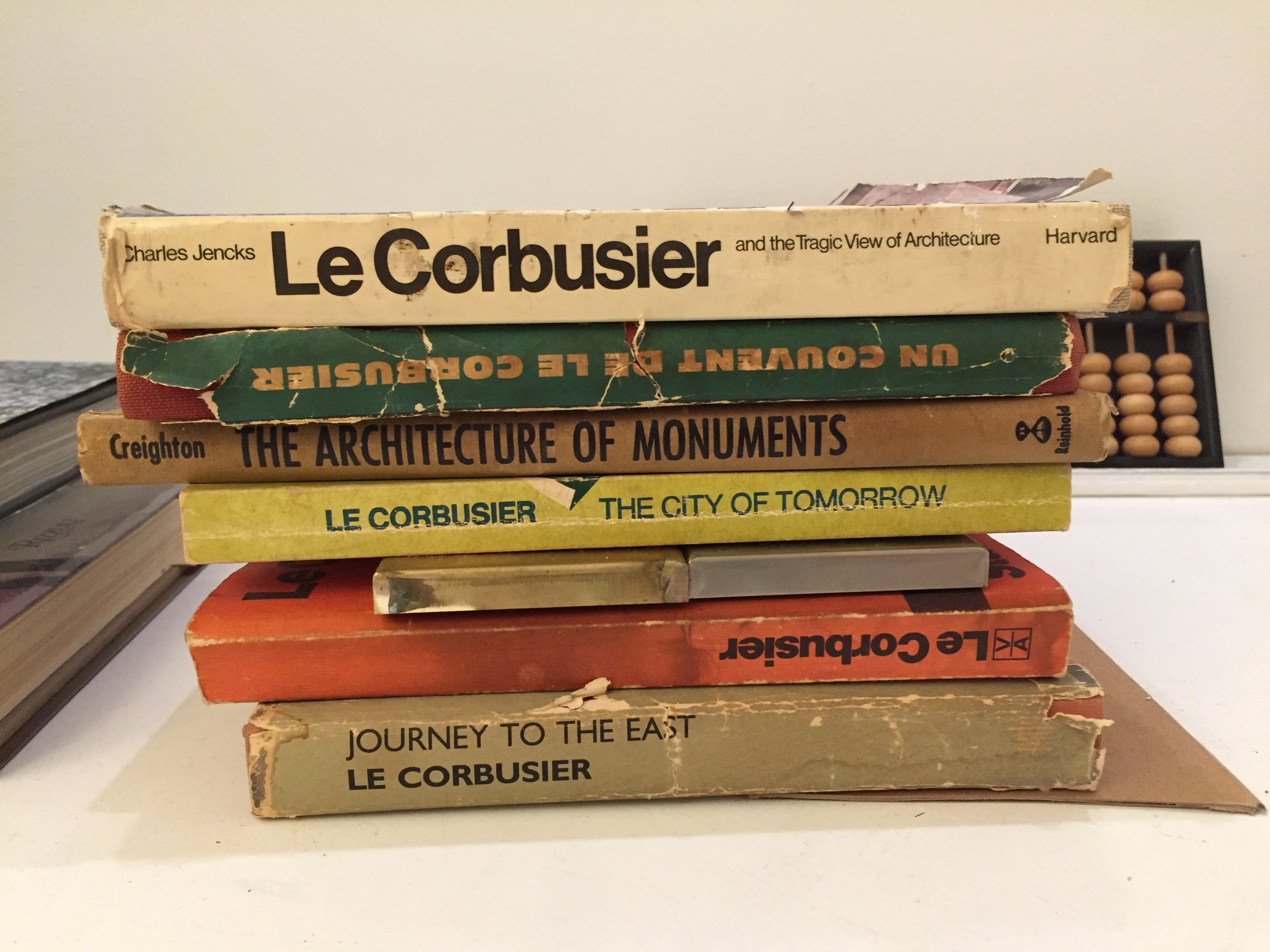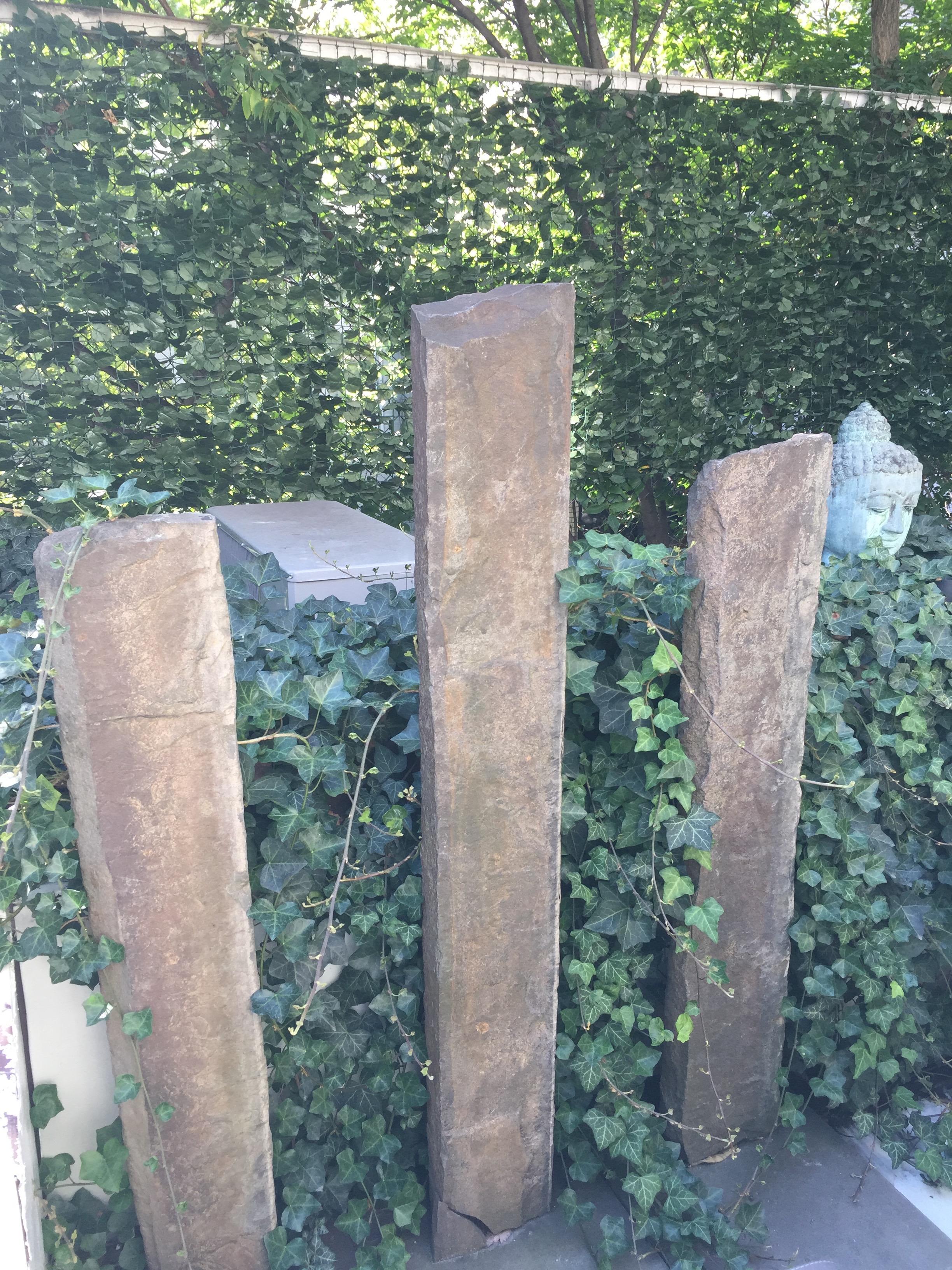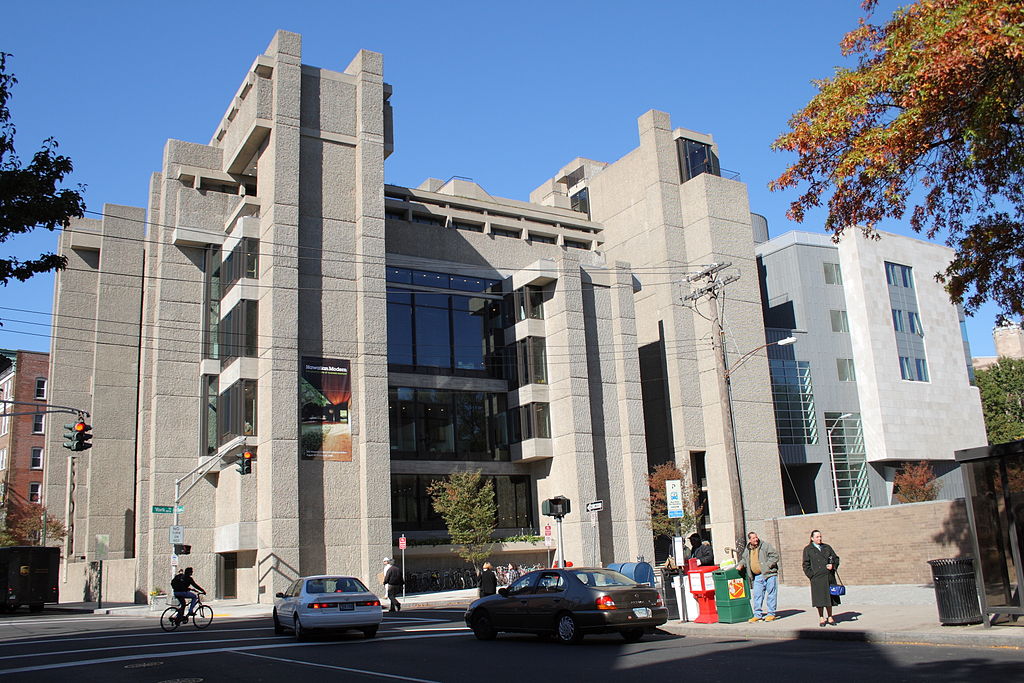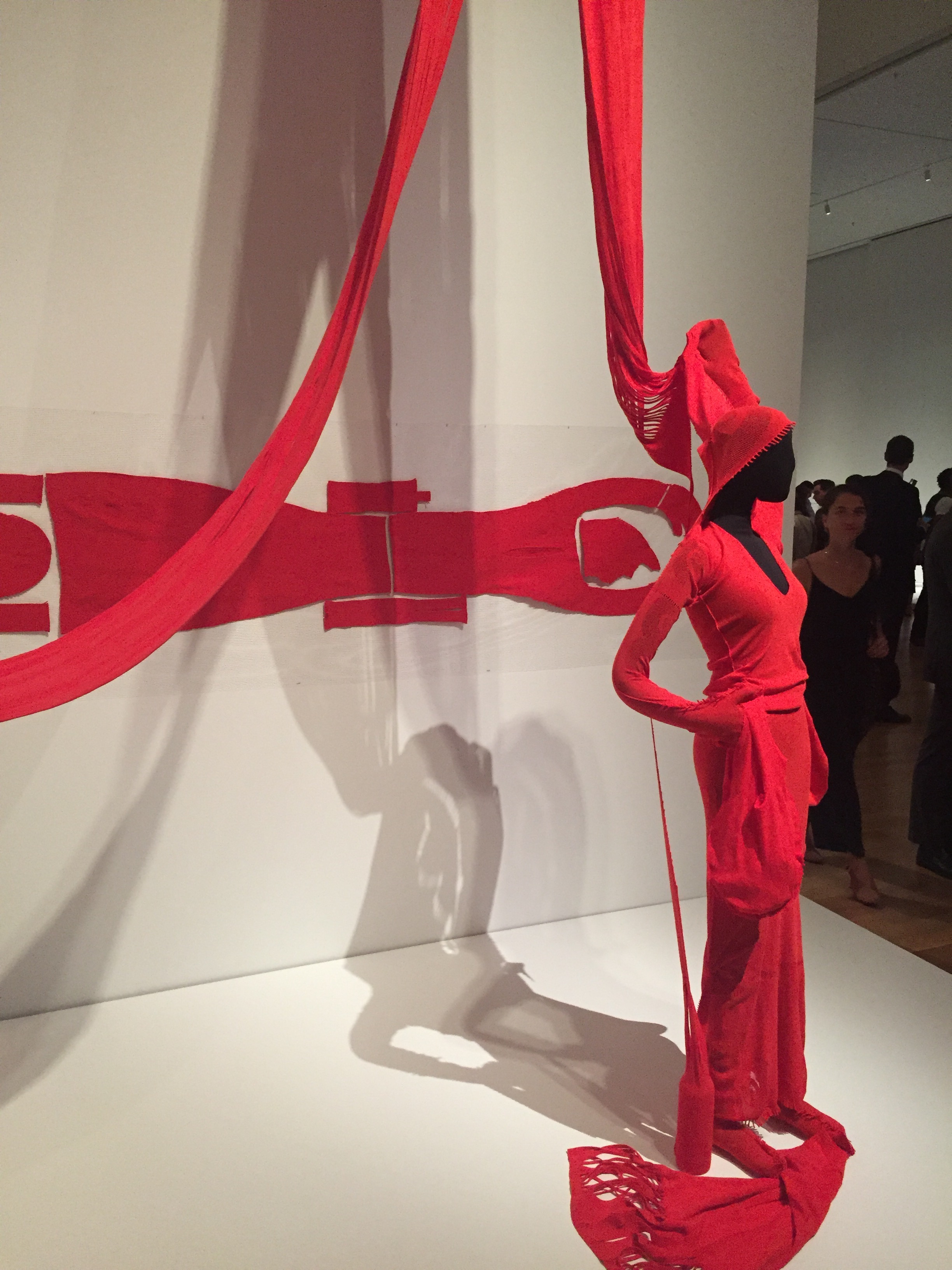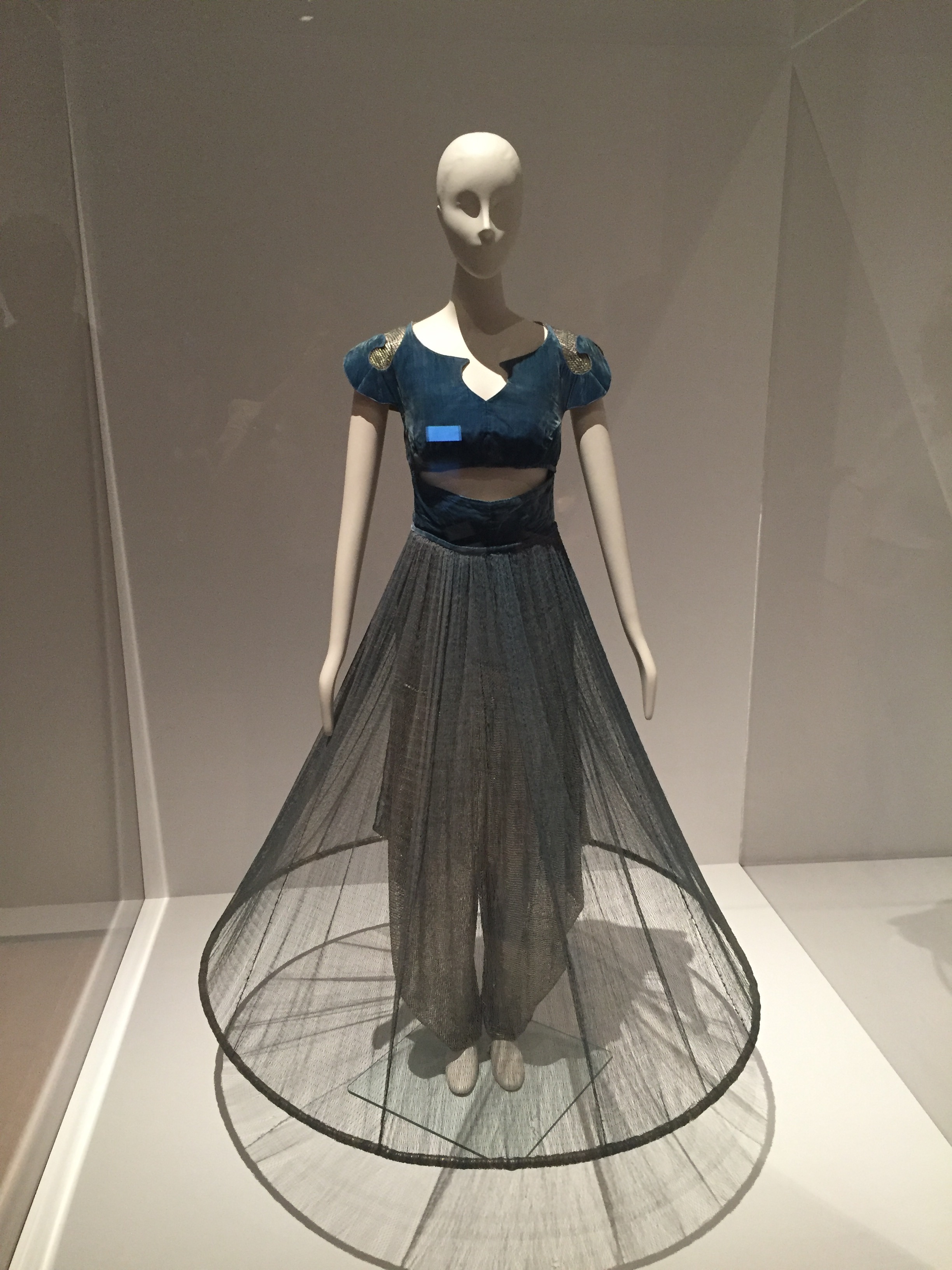In the current Toneelgroep Amsterdam production of The Fountainhead that is playing at BAM for four performances only, the Belgian director Ivo van Hove makes the over-the-top Ayn Rand novel respectable.
To get ready for the event, I reread the 1943 novel on which van Hove based his production over Thanksgiving (no mean feat, it’s 720 pages). Ok, I didn’t read every page, skipping the tiresome screeds that Rand-ites devour for their politically conservative perspectives on the power of the individual and f ---the masses. (Rand was Russian born, Alissa Rosenbaum and reinvented herself when she got to the US) But I read every juicy scene about architect Howard Roark and journalist Dominique Francon and the twisted revenge scheme she puts in place by marrying two other men because she desires Roark so very badly. Francon and Roark are conjoined in a whopping narcissistic frenzy of love and revenge on each other, the people who care for them, their colleagues, and the dumb rest of us that makes the anti-proletarian pap that Rand spews sustainable. They are conjoined in body and in belief in Roark’s greatness. The plot of the talented architect who cannot get arrested, well actually he does get arrested, who sees through everyone else’s false humblebrag was still a sideshow for me. (In the new paperback copy that I took out from the library, there was a tear out insert to join the Ayn Rand Society. Rand still is a touchstone for the Trumpian sector of society. Damn the torpedos and the DACAs too.)
I hate to be the wet blanket but this rigorous, well-staged, well-crafted touring production was not nearly the guilty pleasure of either the novel or the film, which in an interview van Hove said he had expressly chosen not to watch. I think that may have been an error. Though the film got terrible notices when it was released, it is the film that most people remember along with their other guilty pleasures. It matched the lurid, pulp-iness if not the politics, of the didactic, wordy novel which Rand used as a mouthpiece for her anti-Communist ideals.
The set is a wonder of spareness and tech, the musicians and the overhead screen add elements that help the four hour production move along. I admire van Hove, but watching The Fountainhead with supertitles in Dutch just did not work for me. (It’s not that there aren’t brilliant, sexy Dutch architects eg. Rem Koolhaas) His correct Dutch actors had not the heft or grace I had always imagined and rather a stolidity and aridity that just did not fit.
Roark was a silent, cunning man, more like the Gary Cooper figure in the film. Roark’s power lay in his permanent intractability along with his pumping iron pecs. He did not yell to make his point, unlike Ramsey Nasr, the actor who plays him. The other characters, the conniving, opinion writer Ellsworth Toohey (Bart Slegers), the milksop, no-idea young turk Peter Keating who washes up (Aus Greidanus Jr), Guy Francon, the leading society architect and Dominique-pere and Henry Cameron ( both played by Hugo Koolschijn), the once great architect-mentor, acquit themselves well enough, but there is a sameness about them, the same size, the same volubility, that does not help us to leap over the language and to distinguish things in this four-hour production.
During the intermission, which does not come for almost two hours, people were talking about the many full frontal nude sex scenes and if they were gratuitous. (Roark has his pants on during the early rape--which is portrayed in the novel as quasi-consensual--but off for the rest.) The direction is so stylized and acted for an overhead camera that van Hove removes us from any stirring passion we, or they?, might have felt. It is not sexy. (Does she have implants was all I could wonder besides her great, full Brazillian, and was that an erection I actually might have seen?). Their naughty secret relationship with its S and M-like verbal whips and chains of remonstrance is nowhere to be found.
There is instead an operatic quality to it: I’m thinking it could have been the basis instead for a wonderful opera as it has all the elements.
Architects design things. Others build them. Roark is the rare exception: he does both. I don't know how many have been inspired by this novel or film to be architects in the damn-society Frank Lloyd Wright-iness of Henry Cameron and Howard Roark (and we now also have the secrets of Louis Kahn with his many women). Was it Roark who fed the flame of arrogance and hubris that marked some of the starchitects of recent years? Roark is indifferent to most of his clients, they are not allowed to intervene after the first meetings, they are not allowed to make changes. Roark designs a low-income housing project and then detonates it because they’ve had the audacity to change some elements. No, there are only two people who get it: Dominique and Howard. The clients, the critics, the unwashed masses: Phooey.
As a young adolescent, when I came to The Fountainhead, I had little idea that I would become a journalist who married an architect and so perhaps I’m no longer able to see the glory of it all. Architecture and journalism are laudable practices but also brutal: architects are put in public line ups and forced to compete against each other, often using their own funds (journalists too!).
Still it’s nice to see us up there along with the other professions as larger than life.
Photo credit: Richard Termine, courtesy BAM
.
